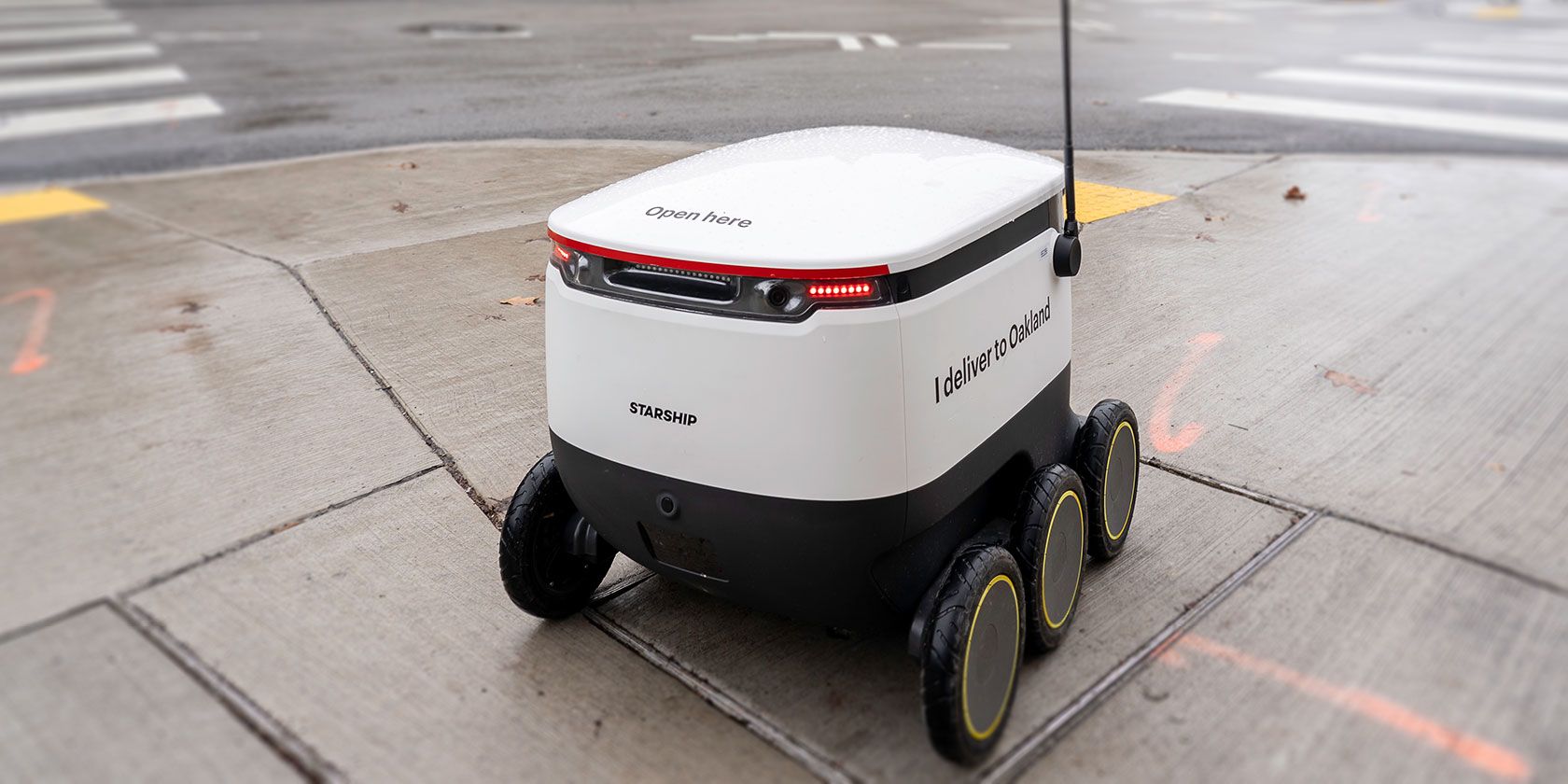A good brand is hard to kill. Over the past several years, the smartphone space has seen a resurgence of once-mighty mobile brands making a comeback with various degrees of success. HMD’s Nokia phones are probably the best and most successful example, but even Palm had a brief moment in the sun.
And then there’s the case of BlackBerry. TCL surprised the mobile world by bringing the brand raring back with an Android handset that re-embraced the QWERTY keyboard. That, in and of itself, wasn’t enough, of course. But TCL has the chops to deliver quality hardware, and certainly did so with the KeyOne. I know I was surprised the first time I saw one in person behind the scenes at CES a few years back.
Early this year, TCL announced the end of the partnership, noting, “We… regret to share… that as of August 31, 2020, TCL Communication will no longer be selling BlackBerry-branded mobile devices.” From its phrasing, it seemed like a less than amicable end for the deal. But TCL has already moved on to producing devices under its own brand name after years of subsidiaries and branded deals.
All of which brings us to this week’s announcement that a company you’ve never heard of, called OnwardMobility, is bringing the BlackBerry name to hardware for North America and Europe (other branding deals have existed in other markets). It’s a strange deal for starters, due to the fact that OnwardMobility is hardly a household name. It’s based in Austin, Texas, has fewer than 50 employees and was founded in March of last year, perhaps with such a partnership in mind.
After all, while a branding deal is far from a guaranteed recipe for success, it is, at least, a way of getting that first foot through the door. I’m not really sure I would be writing anything about OnwardMobility for TechCrunch dot com at the moment, were it not for the promise of reviving the BlackBerry name yet again. So that’s something. The company’s staff also notably involves some former TCL folk, as well as people involved with the BlackBerry software side of things. Another name that pops up a lot is Sonim Technologies, another Austin-based company that is a subsidiary of a Shenzhen-based brand of the same name. They largely specialize in rugged devices for first responders.
CEO Peter Franklin has both Microsoft and Zynga on his resume, and produced this fairly low-fi YouTube video to explain the company’s mission:
OnwardMobility says it’s a standalone startup. No word yet on investments or investors, though it will certainly be interesting to find out who’s backing this latest push to make the BlackBerry name relevant again. Notably, the company’s not sharing renders yet, either, but says it’s bringing a 5G device to market in 2021, with a physical keyboard and the focus on security that’s long been a key differentiator for the BlackBerry brand.
BlackBerry (the software company) certainly seems to be on board with its new partner here. CEO John Chen had this to say about the deal:
BlackBerry is thrilled OnwardMobility will deliver a BlackBerry 5G smartphone device with physical keyboard leveraging our high standards of trust and security synonymous with our brand. We are excited that customers will experience the enterprise and government level security and mobile productivity the new BlackBerry 5G smartphone will offer.
More or less what you’d anticipate on that front. For now, the news is basically OnwardMobility’s entry onto the scene and announcement of its BlackBerry licensing deal. I’m honestly not sure how much clout the BlackBerry name holds in 2020 — nor do I necessarily believe there’s a critical mass of consumers clamoring to return to the physical keyboard. So OnwardMobility has a lot to prove in an extremely crowded mobile market. I guess we’ll see what it has to offer next year. Stay tuned.
Read Full Article















